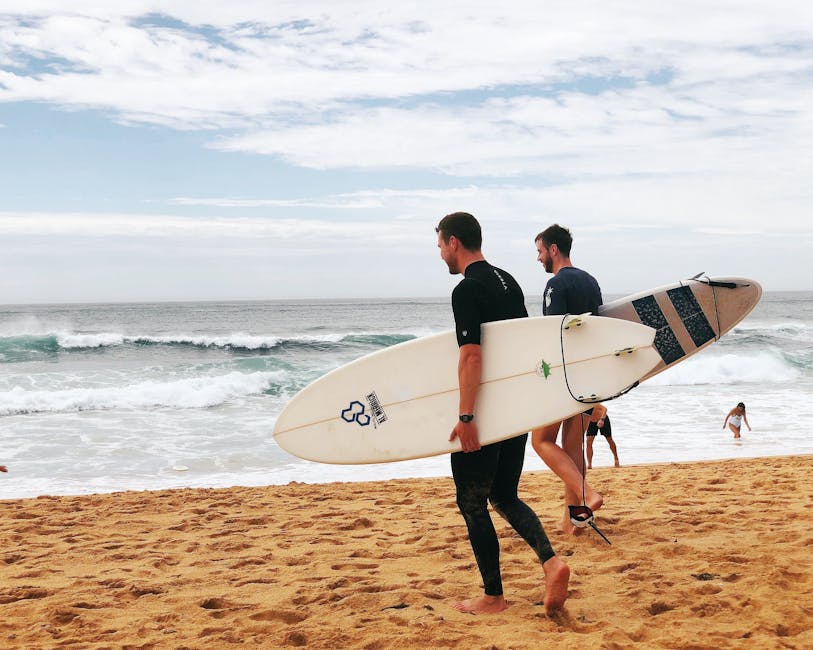It’s what on the Inside that Counts! Especially, when it comes to Surfboards!

When surfing started getting popular as a sport, some odd fifty years ago, things were a lot different. Surfboards used to be made out of wood. These surfboards (needless to say) were quite heavy, hard to repair and easily damaged. And then over the years, surfboards evolved just like mankind. And, then there came the surfboards of today, which are capable of great manoeuvres on the wave. They are a much lighter version, easier to repair and float much better.
That’s because most of the surf boards today have a foam middle which is then coated with epoxy resin or polyester. The piece of foam, known as a surfboard blank, allows you to shape your surfboard as and how you like it. You can give it any shape, length, and thickness, and proudly call it your own. There are certain shops that offer you an incredible range of surfboard blanks in UK. The Board Barn is definitely one of them. It’s your one-stop destination for surfboard blanks, their accessories, parts etc., and anything you need to create that perfect surfboard.
All that you need to know about surfboard blanks
Shaping surfboards is quite a bit like finding the right person to marry. Just like movies have had us believing since years, that there’s THE right one when it comes to love, there’s also THE right surfboard. You can get yours at any surf shop online UK based or not. But, you will need to get the equation correct. Along with the correct length, width, and thickness, there’s also the foam or the surfboard blank that plays a crucial part in your surfboard selection. So, let’s get you prepared about your blank selection:
- Shape: Surfboard blanks are either shaped with hands, or with the help of machines. The type of foam you select for the blank, will decide whether the final product is an epoxy surfboard or traditional fibreglass.
- EPS: Epoxy surfboards are made using EPS or expanded polystyrene foam. You may imagine this foam to be a denser version of your beer cooler foam. It is closed-cell foam and is made up of tiny, hollow, spherical beads. EPS constitutes around 98% air, owing to its lightweight property. It’s inert, non-toxic to both human health and the environment. These foam blanks require epoxy resin for glassing, as otherwise the polyester resin reacts negatively with the EPS foam. And this leads to the melting and ruining of the board.
- Polyurethane (PU): Traditional fibreglass boards have a foam core made out of polyurethane. PU blanks are the most common type of surfboard blanks, and have been around since the 1960’s. PU is a type of plastic, that’s poured into a hollow-mould having the desired proportions of the final surfboard. After it’s poured, the PU foam expands, takes the shape of the mould, and hardens to form the surfboard blank. These blanks can be glassed with a variety of resins, making it a more versatile choice for beginners. You can glass it using either polyester or epoxy resin, as per your personal preference.
- Buoyancy: The foam inners, known as surfboard blanks contribute to the low weight of surfboards. It’s also responsible for making the board float better, which is known as buoyancy. You can choose either EPS or PU to make your surfboard blank. But, EPS is considered to be much lighter and buoyant than traditional PU.
- Size: When you are in the process of selecting your surfboard blank, it’s advised that you choose one which has a bigger size than the final surfboard you are aiming for. Go for an extra one or two inches in the width and up to six inches extra in the length, and your surfboard shaper shall have enough to work with. So, before you purchase your blank, make sure you have a clear idea how the finished product should be.
So, these were the main facts that you needed to know about your surfboard blank, before you go onto owning a surfboard. Now you know there’s a lot more to these blanks than what meets the eye. Make sure to have the proper interior to ultimately have the perfect exterior.



